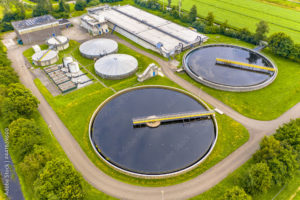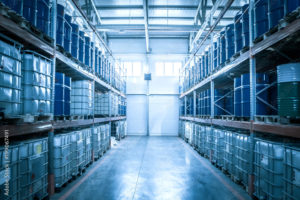Best Chemical Supplier for Rubber and Leather Industry in Indonesia
Here is a list of 100 chemicals commonly used in the rubber and leather industry along with their applications or uses:
Chemicals for Rubber Industry
- Natural rubber latex: Raw material for rubber production.
- Styrene-butadiene rubber (SBR): Synthetic rubber used in various applications.
- Butyl rubber: Used in tire inner tubes and sealing applications.
- Nitrile rubber (NBR): Resistant to oils and fuels, used in gaskets and seals.
- Ethylene propylene diene monomer (EPDM): Weather-resistant rubber used in automotive seals and roofing.
- Neoprene: Synthetic rubber with excellent resistance to chemicals and weathering.
- Carbon black: Reinforcing filler for rubber, providing strength and abrasion resistance.
- Zinc oxide: Activator and vulcanization agent in rubber production.
- Stearic acid: Processing aid and release agent in rubber compounding.
- Sulfur: Primary vulcanizing agent for rubber.
- Accelerators (such as mercaptobenzothiazole, thiurams, and dithiocarbamates): Speed up the vulcanization process.
- Antioxidants (such as phenols and amines): Prevent degradation of rubber from heat and oxidation.
- Vulcanization accelerators: Improve the efficiency of sulfur vulcanization.
- Vulcanization activators: Enhance the cross-linking process during vulcanization.
- Fillers (such as calcium carbonate and silica): Reinforce rubber, improve stiffness, and reduce costs.
- Plasticizers (such as dioctyl phthalate and dibutyl phthalate): Improve flexibility and processability of rubber compounds.
- Antiozonants: Protect rubber from ozone degradation.
- Flame retardants: Reduce flammability of rubber products.
- Blowing agents: Used in the production of foamed rubber products.
- Adhesion promoters: Improve bonding between rubber and other materials.
- Pigments and dyes: Add color to rubber products.
Chemicals for Leather Industry
- Sodium sulfide: Chemical used in leather depilation.
- Sodium hydrosulfide: Reducing agent used in leather processing.
- Lime: Alkaline substance used in the dehairing and curing process.
- Sodium bicarbonate: Used for neutralization and pH adjustment in leather processing.
- Sodium metabisulfite: Antioxidant and preservative in leather processing.
- Ammonium chloride: Used in leather tanning and dyeing.
- Formic acid: Acidifier and fungicide used in leather processing.
- Sodium formate: Used as a reducing agent and buffering agent in leather processing.
- Chromium salts (such as chromium sulfate and chromium oxide): Essential for chrome tanning, the most common tanning method for leather.
- Vegetable extracts (such as quebracho, mimosa, and chestnut): Natural tannins used in vegetable tanning.
- Fatliquors: Lubricants used to soften and condition leather.
- Retanning agents: Chemicals used to improve the properties and stability of leather.
- Degreasing agents: Used to remove excess fat and oil from hides and skins.
- Wetting agents and surfactants: Aid in the wetting and penetration of chemicals during leather processing.
- Solvents (such as acetone and toluene): Used for cleaning and degreasing purposes.
- Softeners and conditioners: Improve the feel, flexibility, and water resistance of leather.
- Finishing agents (such as resins, waxes, and pigments): Enhance the appearance and durability of leather.
- Biocides: Prevent microbial growth and protect leather from decay.
Please note that the specific chemicals and their uses may vary depending on the specific processes and applications within the rubber and leather industry.








